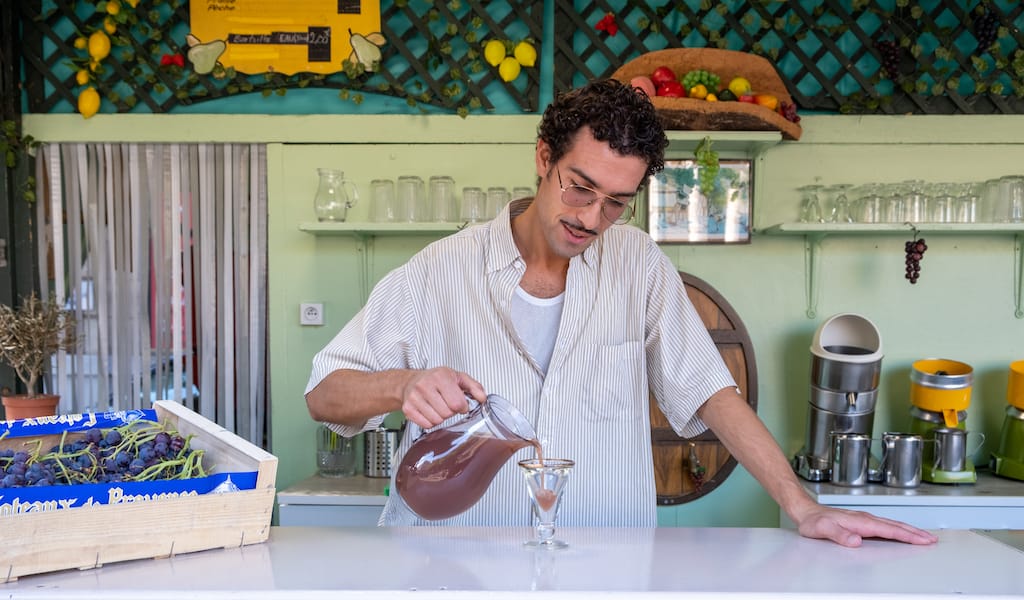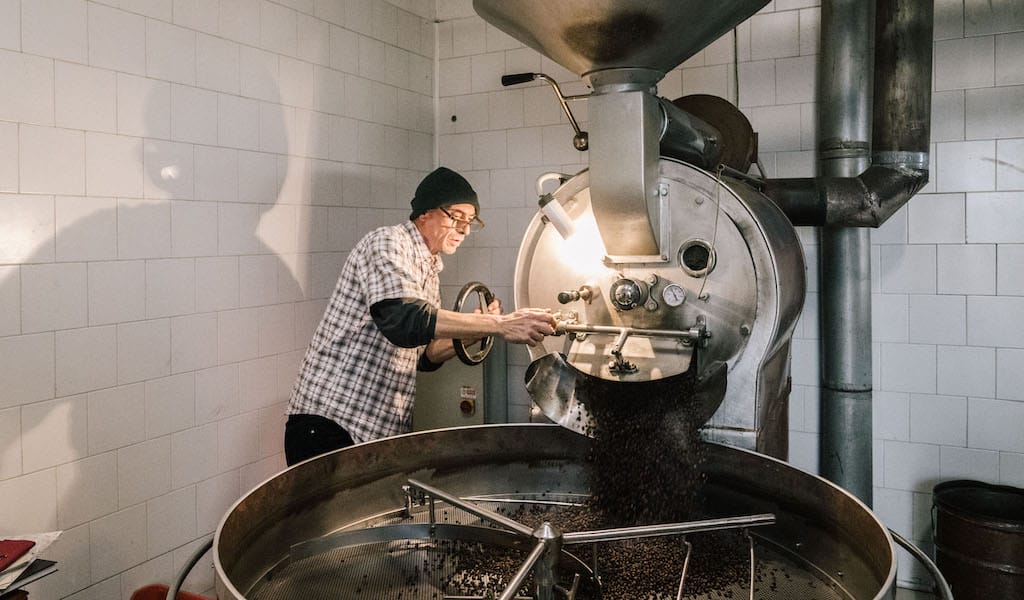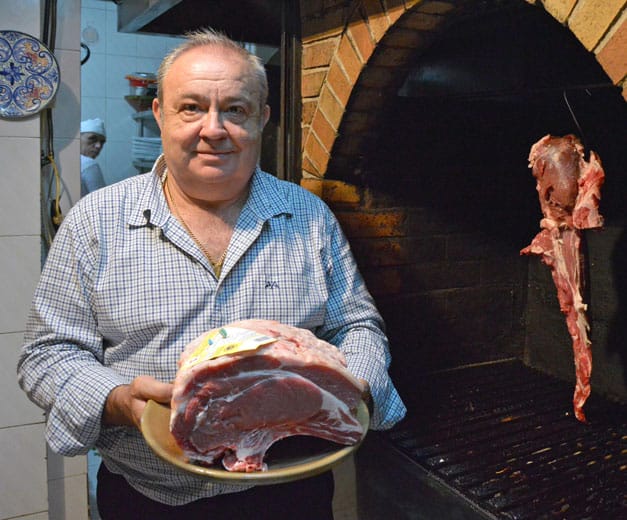(Editor’s Note: With our state of the Stomach pieces, Culinary Backstreets looks at how – and why – a city is eating right now. This is our latest one for Marseille.)
On the Rue d’Aubagne, Tunisian men dunk bread into bowls of leblebi – a garlicky chickpea soup – as scooters dash by. A dashiki-clad Togolese woman plucks cassava from the Vietnamese-run market to fry up for lunch. A boy buys Algerian flatbread, kesra, to snack on after school as Maghrebi teens in track pants sell single “Marl-bo-ros.”
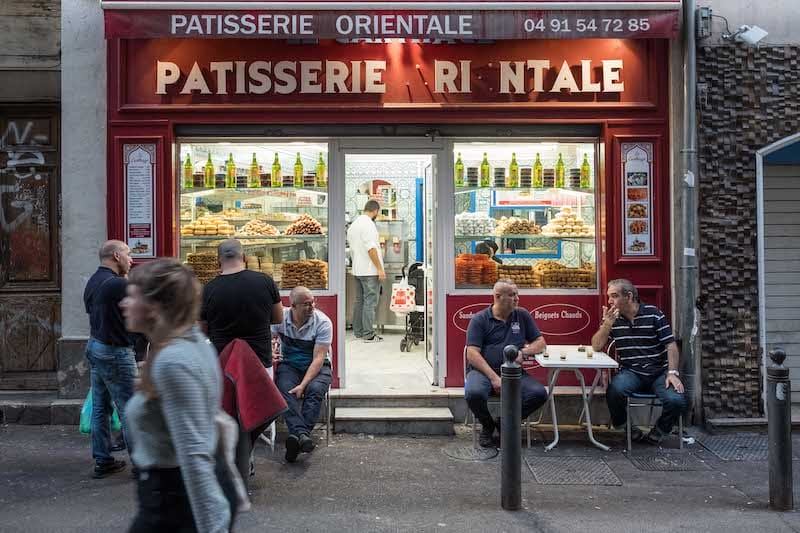
This multicultural montage unfolds along the main artery of the Noailles neighborhood. Known as the “belly of Marseille” for its abundant edible offerings and central location, the quartier is a concentrated cross section of the city’s immigrant population – and a reminder that Marseille’s identity is influenced as much by France as it is by the other side of the Mediterranean. Walk down the street in Noailles and you are as likely to find men in djelabas sipping Moroccan mint tea at sidewalk tables as you are to find pastis – Provence’s definitive drink – poured in neighborhood bars. Regardless of their cultural roots, locals consider themselves to be Marseillais above all. This pride is reflected in the culinary historian Emmanuel Perrodin’s favorite phrase: “First you have the sea, then the city, and beyond that is another country called France.”

Diversity is the key marker of Marseille cuisine, enriched by a wide range of cultures, ingredients and personalities. As France’s oldest city, there’s also a generous helping of heritage, like 80-year-old pizzerias and the country’s last-standing grape-juice stand. Marseille’s prime perch between Provençal farms and the fish-laden Mediterranean means our menus were locavore before it was a word. And, far from hoity-toity haute cuisine, eating in Marseille is familial, convivial and casual – á la bonne franquette as we say here. Together, these ingredients blend into a singular cuisine that is as insolite (unusual) as food writer MFK Fisher’s description of this boisterous port, which is fiercely attached to the sea.
Diversity is the key marker of Marseille cuisine, enriched by a wide range of cultures, ingredients and personalities.
Migration has been part of Marseille’s DNA since its beginning. In 600 BC, the city sprouted from the marriage between the Gauloise Gyptis and the Phocaean sailor, Protis. For over 2,600 years, merchants, tradesmen and soldiers – Romans, Comorians, Egyptians – have been steadily streaming in. According to the Agence D’Urbanisme d’Agglomération de Marseille (the city’s urban planning agency), no other port city on the Mediterranean has had waves of immigrants wash on its shores for so long. Ships stocked with star anise from China and barges loaded with almonds from North Africa also transported people to Massalia’s docks, each one with recipes from their homeland to toss into the melting pot of Marseille cuisine.
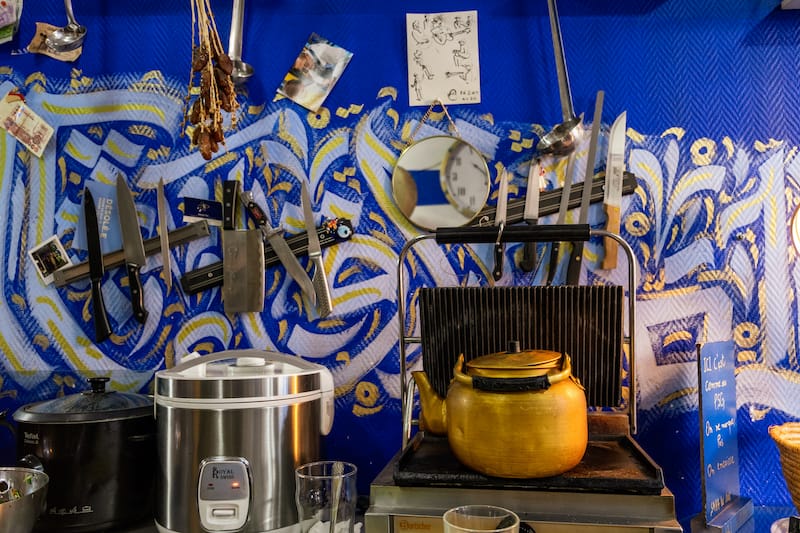
The farinata fried by Ligurian sailors begat panisses, the iconic chickpea fritters munched at apèro, aka happy hour. Corsican pork liver sausage (figatelli) and red-hot Maghreb merguez are summer barbecue staples. While opinions are divided on whether the Greek kakavia or the Italian brodetto di pesce inspired Marseille’s mythical bouillabaisse, the seafaring stew is unmistakably Mediterranean, born from the leftovers of a fisherman’s catch.

Marseille’s latest migratory surge comes from our biggest football rival: Paris. Cooped up in the capital during the Covid pandemic, Parisians flocked south for more sun, square footage and 26 miles of coastline. While this invasion – the term locals use – has raised housing prices, young chefs priced out of Paris have found Marseille to be fertile ground for their first restaurants. “Even if you don’t have a lot of money, you can easily start a business in Marseille,” shares Bouillon’s Auregan Dean. The city to avoid has become the place to be, with transplants from Beirut and hometown chefs moving back.
Interestingly, these trendy, new tables haven’t overshadowed Marseille’s heritage spots and multi-cultural eateries, like the ever-packed Tunisian Chez Yassine and rare Comorian place L’Original. Together, they are feeding Marseille’s culinary revolution, catapulting the city into the spotlight while redefining what a food capital should be.
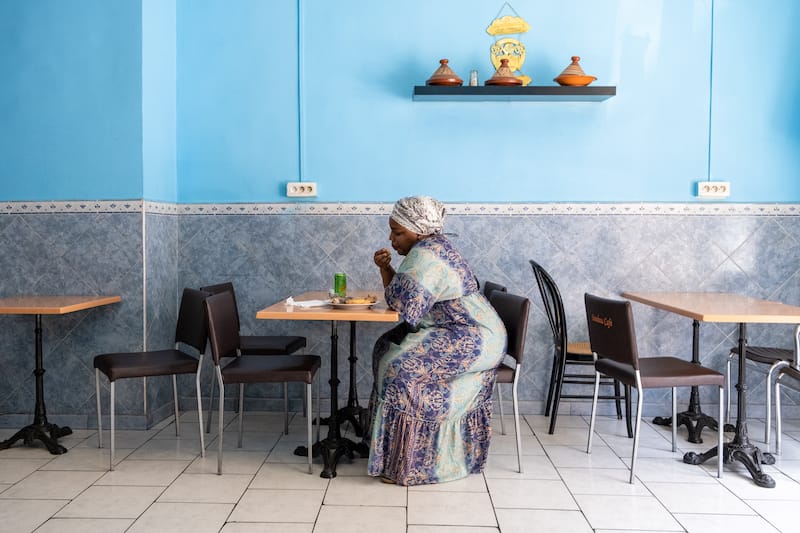
In macho Marseille, female cheffes have finally achieved equal footing, and even the upper hand. In creative Marseille, an Algerian couple serves the city’s only certified Vera Pizza Napoletana…and it’s halal; a Congolese-French chef is shattering stereotypes of African cuisine; and the best sunset spot is a food truck at the parking lot of the city’s most-visited site, the Basilica Notre Dame de la Garde. Unburdened by stuffy French social codes, rebellious Marseille is a capital of reconversion (career change), where parliamentary aides are swapping laws for cheese and journalists are dishing food in bookshops.

This sea change has caused rumblings – and graffiti – that Marseille is becoming bobo-ified (bohemian-bourgeois are French hipsters). Locals fear the over-gentrification that has turned Barcelona and Lisbon into expat- and tourist-heavy havens, especially given our housing crisis. “Tourists should be here to shed light on our city. We can’t just make Marseille pretty for them and ignore the rest,” implores Nicole Baghdiguian-Wéber, owner of Pain Salvator boulangerie. As France’s poorest city, Marseille is plagued by problems. Food is helping to alleviate them.
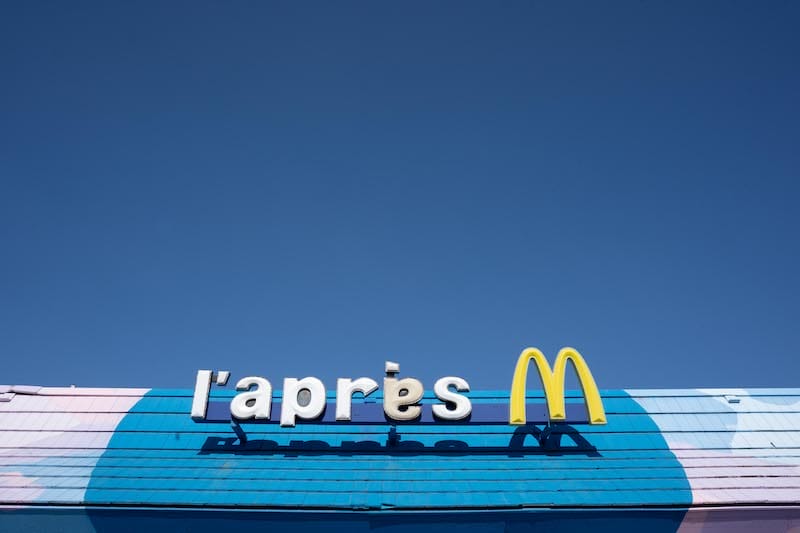
Investment by chefs and culinary entrepreneurs have created much-needed jobs and revenue while boosting the city’s image. Social innovation projects like Café (R)égal and La République provide invaluable job training with sustainable cuisine – the latter serves 3-course meals for 1€ alongside full-paying guests to combat economic exclusion. A former McDonald’s in a food desert, L’Après M, has been transformed into a community center and food bank that slings burgers by a 3-Michelin star chef. “Here, you’re not just buying a burger,” explains one of the founders of the “fast social food restaurant,” Kamel Guemari. “You’re supporting a neighborhood that has been left behind.”
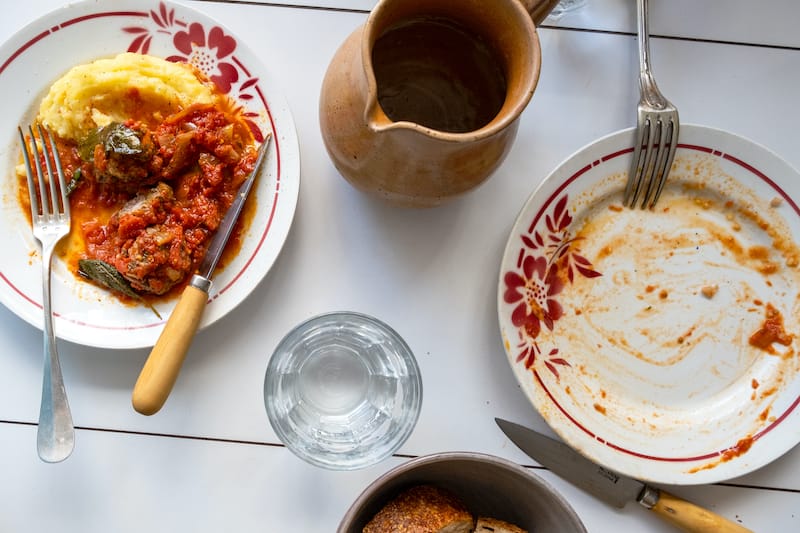
The restaurant at Marseille’s eclectic cultural center, La Friche Belle de Mai, and MPG (Marseille-Provence Gastronomie) events like the Kouss Kouss festival bring Marseillais of every class and color together. Marseille’s diversity is a tour de force, not the stigma that causes struggles elsewhere. The multi-cultural capital symbolizes what France is today more than Paris does. With its global flavors, locally-sourced ingredients, centuries-old traditions and social impact, we agree with writer Vérane Frédiani’s claim in Marseille Cuisine le Monde: “The future of French gastronomy is being written here.” The laborious recipes that Julia Child mastered are for the history books. Marseille is how France, and the world, eats now.
 June 9, 2022 Caffè Delizia
June 9, 2022 Caffè Delizia
The last wood-fired coffee roaster in all of southern Italy is located, appropriately, […] Posted in Naples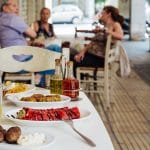 August 8, 2019 Koutoukaki
August 8, 2019 Koutoukaki
Update: This spot is sadly no longer open.
A neighborhood on the southeast side of […] Posted in Athens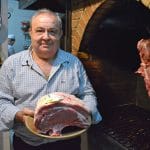 October 7, 2014 O Meu Lar
October 7, 2014 O Meu Lar
Galicia, the autonomous region in northwest Spain, is famous for its extraordinary beef […] Posted in Barcelona
QUICK HITS
- Old School vs. New School
- An institution since 1943, Chez Etienne‘s wood-fired pizzas and classic dishes are so beloved locals say, “those who don’t know Etienne, don’t know Marseille.” Adored for her meat-centric, seasonal fare, Laetitia Visse’s Femme du Boucher illustrates how once-macho Marseille is being revitalized by young, female chefs – and the city’s affordability for first-time chefs.
- Watering Hole
- Sip the made-in-Marseille drink and très Mediterranean anise tipple, pastis, besides locals at the classic French café Café de la Banque. If you want apèro (aka Provençal happy hour) with a view, check out the old sailor bar, La Caravelle, or the Café de l’Abbaye, perched above the picturesque harbor.
- To Market
- From springtime brousse de rove (fresh goat milk ricotta) to autumn’s colorful array of squash, we fill our shopping baskets with organic goods at the Cours Julien Farmer’s Market. It’s held every Wednesday year-round on the colorful, graffiti-splashed square.
- Neighborhood Watch
- In Chave, a micro-neighborhood in Camas, old standbys like the bar du quartier Dernier Métro and Amandine pâtisserie rub shoulders with neo-meat bistro Bouillon and local café roaster Brulerie Moka. Though just one tram stop from the city center, this village-like quartier remains relatively undiscovered by visitors.
- Beyond Bouillabaisse
- Whether they’re on the menu as supions à l’ail, supions en persillade or supions à la provençale, squid flash-sautéed in garlic and parsley embody Marseille’s seafaring, garlic-driven and unfussy cuisine. Our favorites are at Paule et Kopa and Chez Etienne – both serve another Marseillais tradition, pizza, for those who don’t like seafood.
Published on January 10, 2024
Related stories
June 9, 2022
NaplesThe last wood-fired coffee roaster in all of southern Italy is located, appropriately, in Bacoli. This area of Campi Flegrei, the Phlegraean fields of Naples (from the Greek word flègo, which means “burn”) is a part of the Gulf of Pozzuoli known since Roman times for its active volcanoes. It is here that Nicola Scamardella…
August 8, 2019
AthensUpdate: This spot is sadly no longer open. A neighborhood on the southeast side of Filopappou Hill, between Acropolis, Petralona, Kallithea and Neos Kosmos, Koukaki was named after one of its first residents, Georgios Koukakis, who in the early 20th century opened a successful factory there manufacturing iron beds. Gradually the area developed into a…
October 7, 2014
BarcelonaGalicia, the autonomous region in northwest Spain, is famous for its extraordinary beef and – with its lengthy Atlantic coastline – an abundance of spectacular seafood. Barcelona has a slew of Galician eateries, ranging from the most expensive and famous seafood restaurants with valet attendants to humble establishments occupying the most out-of-the-way corners of the…







































